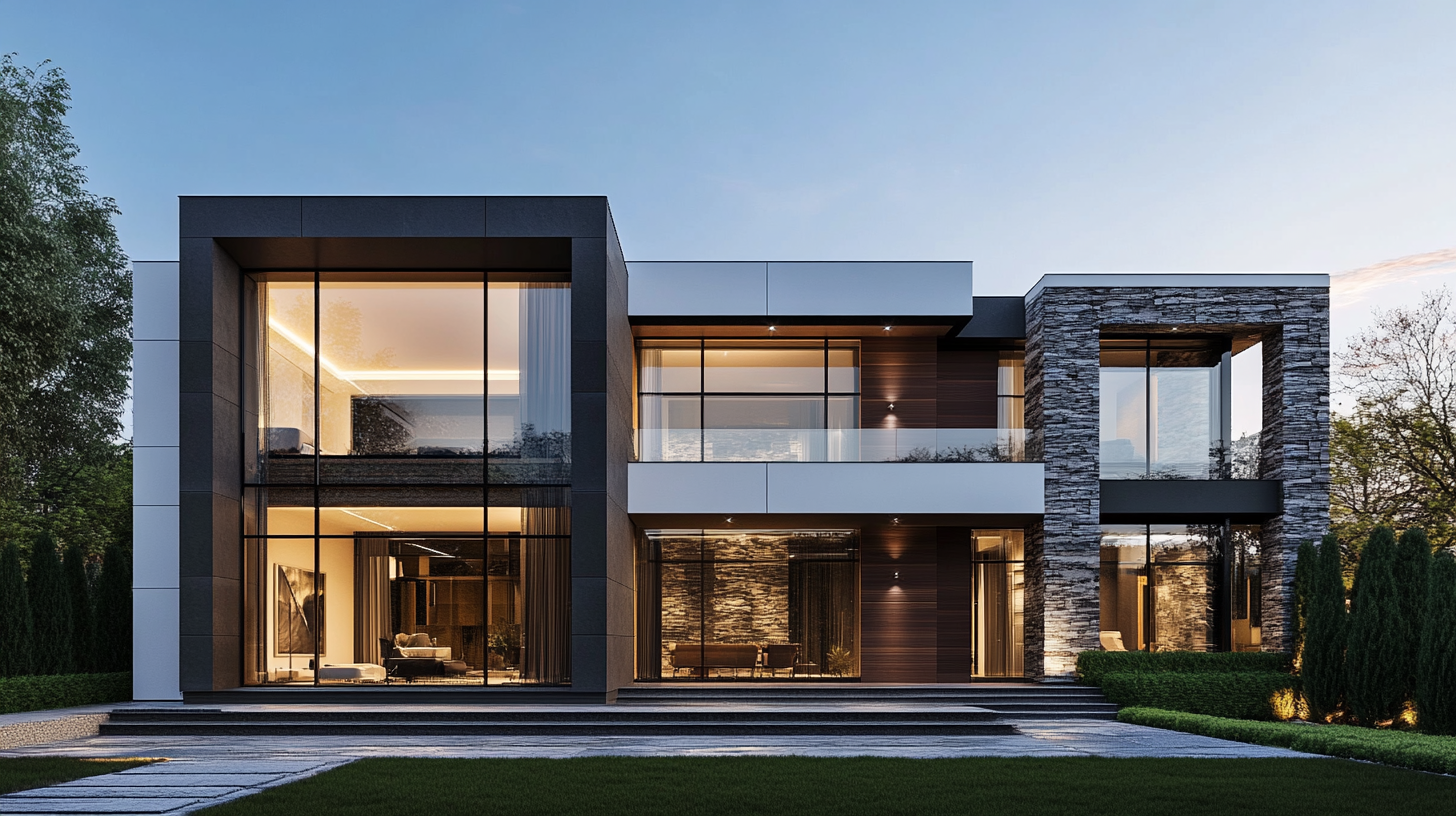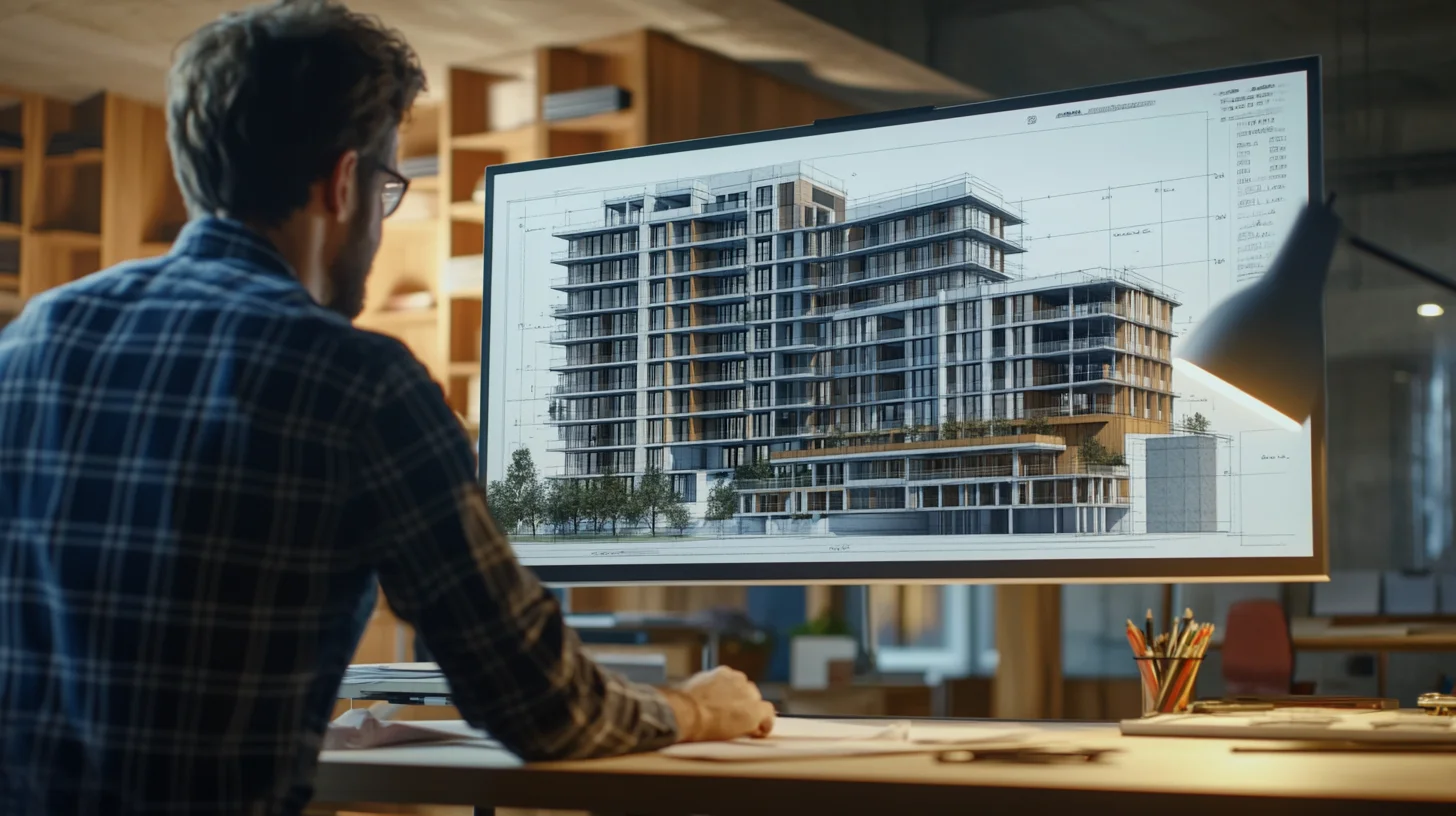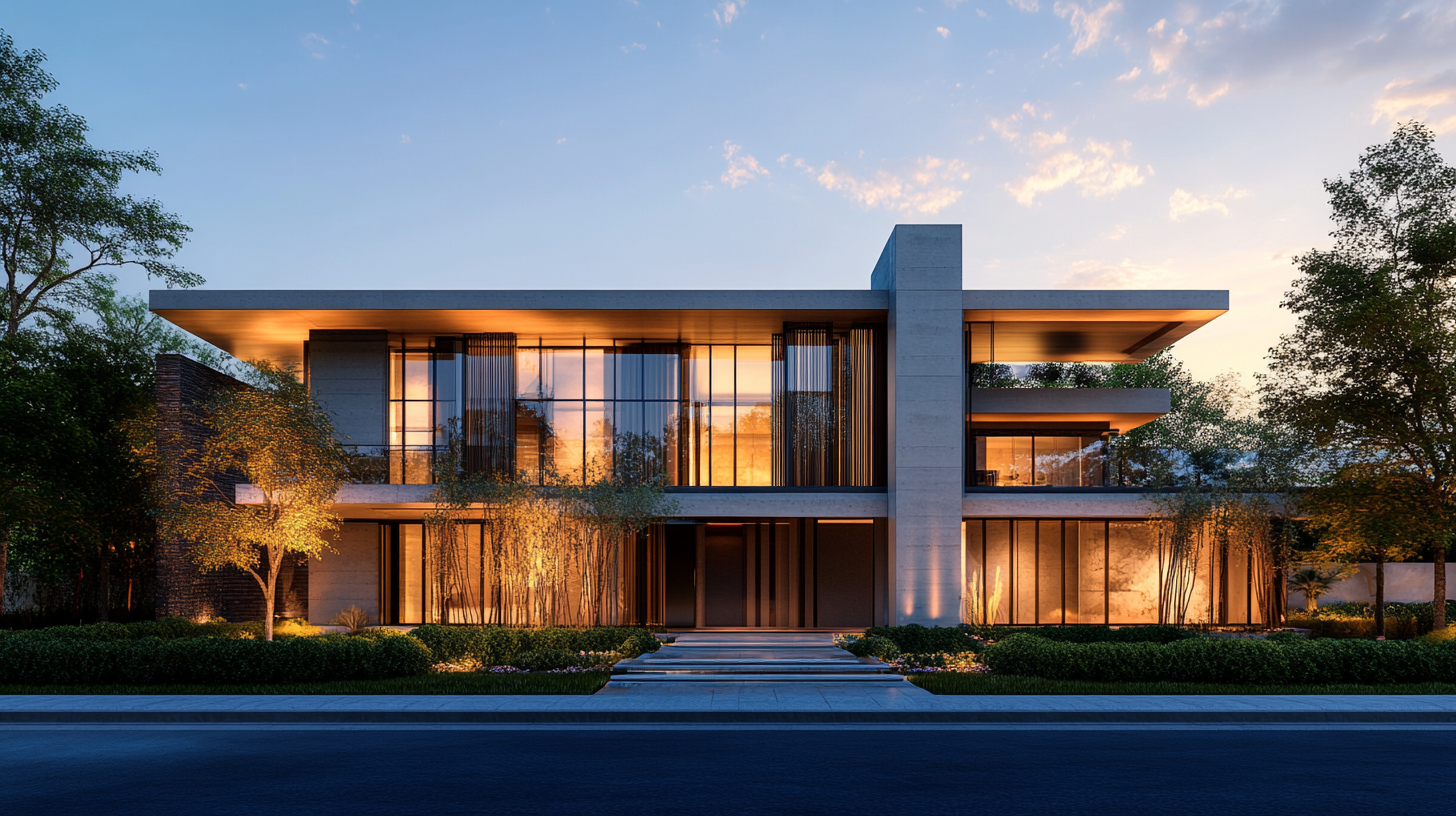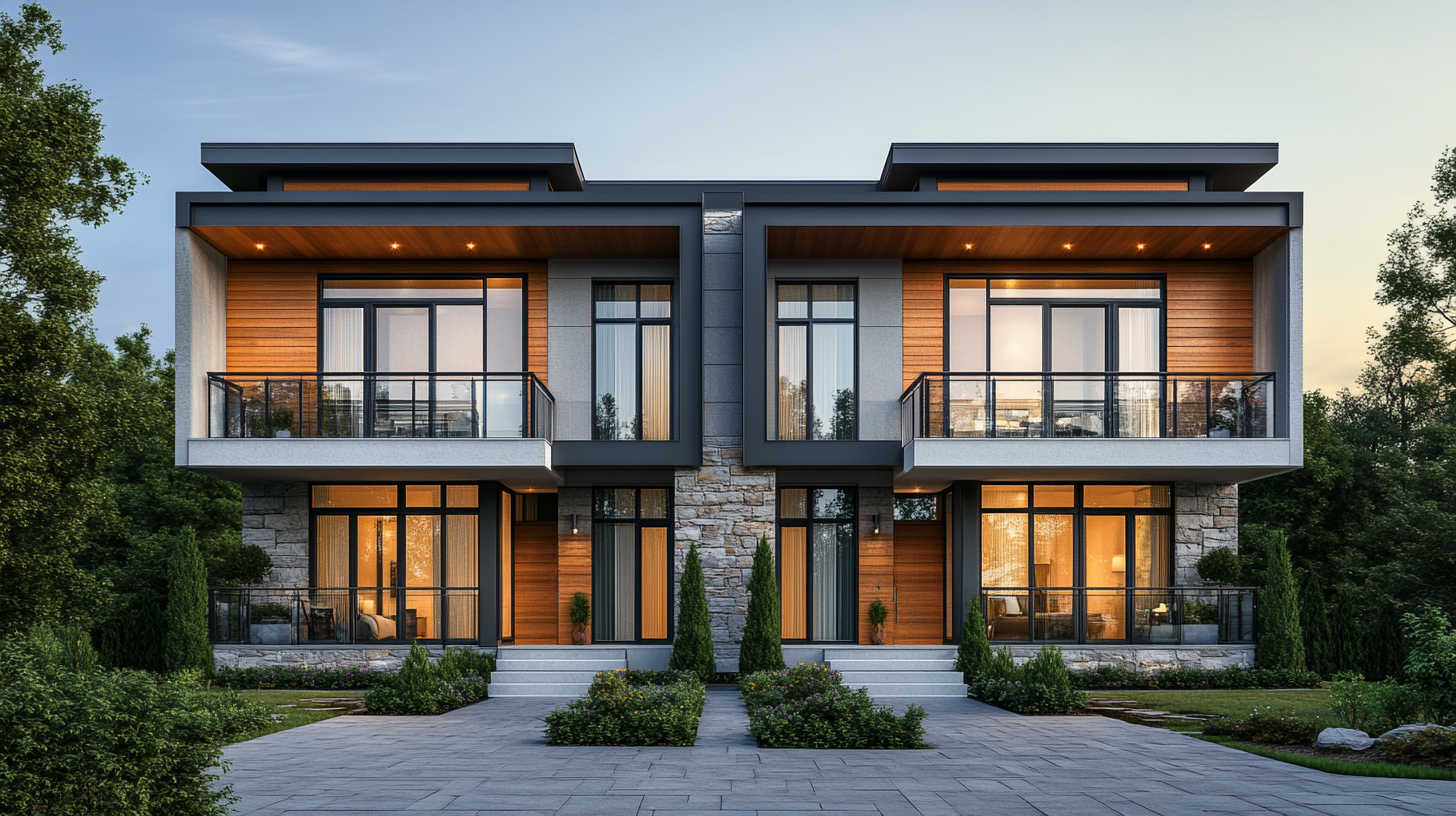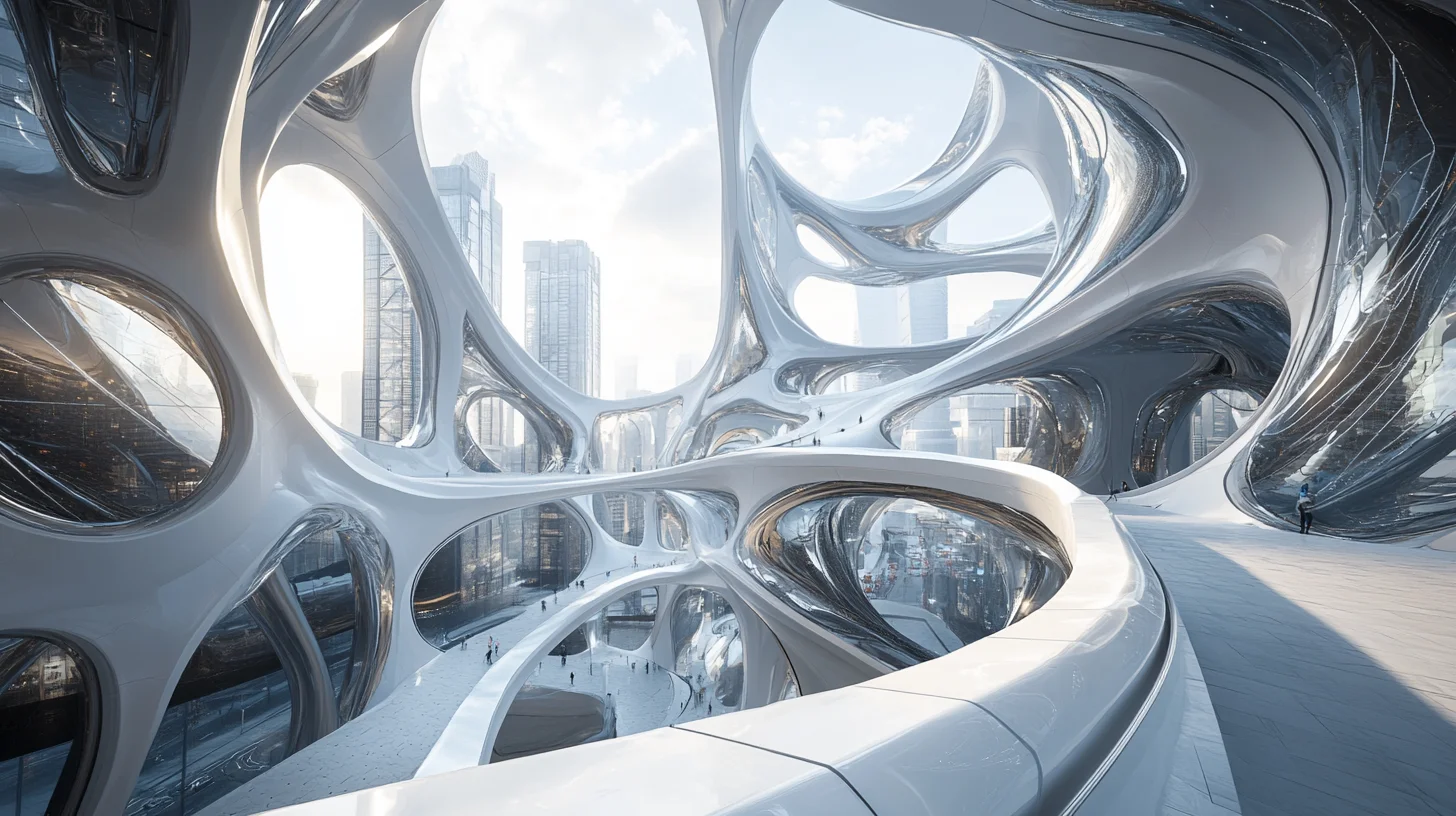
How Parametric Design is Reshaping Modern Architecture
Parametric design has emerged as a game-changer in the world of architecture. It’s helping top firms redefine skylines, create adaptive spaces, and solve complex design challenges. From awe-inspiring buildings to environmentally responsive interiors, parametric design is shaping the future of how we live, work, and connect with spaces.
Why is it so relevant today? Advancements in technology, including AI and computational tools, combined with an urgency to meet sustainability goals, are driving its rapid adoption. Whether you’re an architect, a design student, or a tech enthusiast, this guide will walk you through the fundamentals, benefits, and potential of parametric design.
What is Parametric Design?
Parametric design is an algorithmic approach to architecture that uses parameters, data, and rules to generate architectural forms. Parameters such as environmental conditions, material performance, and spatial needs are input into computational systems, which generate forms that adapt to these constraints.
How does it differ from traditional design processes? Traditional methods often follow a linear approach where ideas are sketched and refined. Parametric design, however, uses dynamic systems where forms evolve in real-time, influenced by data and algorithms. This approach enables innovative, fluid, and optimized architecture that wasn’t feasible with traditional methods.
Key Features of Parametric Architecture
1. Complex, Organic Forms
Traditional architecture focused on linear, often symmetrical designs. Parametric design, by contrast, creates fluid, organic shapes such as curved facades and free-flowing structures. Think of the Heydar Aliyev Center in Azerbaijan, designed by Zaha Hadid. Its sweeping, wave-like surfaces are a hallmark of parametric innovation.
2. Responsive and Adaptive Structures
Parametric design allows buildings to respond to contextual factors such as climate, wind, and sunlight. For instance, a structure can be designed to block excessive heat while allowing natural light to flood interior spaces. This creates not only visually stunning designs but also energy-efficient ones.
3. Data-Driven Decision Making
Every parameter in the computational modeling process represents data. This allows architects to simulate how their structures perform under real-world conditions, enabling precise adjustments before construction begins.
4. Optimized Material Use and Efficiency
Parametric tools are not just about aesthetics; they help save materials and costs. By optimizing structural designs, architects can reduce waste while ensuring the building’s integrity.
Why Parametric Design Matters in 2025
1. Sustainability Goals
With global movements toward carbon neutrality, parametric design plays a crucial role in building energy-efficient structures. Achieving these goals requires innovative design approaches that maximize performance while minimizing environmental impact.
2. AI and Computational Tools
AI integrations and computational tools such as Grasshopper and Rhino make parametric methods practical and cost-efficient. These tools allow architects to design complex forms that are no longer prohibitively expensive or time-consuming.
3. Early Performance Simulations
Decisions based on sunlight orientation, wind paths, and energy insights begin during the earliest conceptual phases, allowing architects to design smarter and more responsive buildings.
Iconic Examples of Parametric Architecture
Heydar Aliyev Center – Azerbaijan
Designed by Zaha Hadid, this structure features flowing curves and seamless surfaces, encapsulating the possibilities of parametric design.
The Vessel, NYC
A striking honeycomb-like structure in Hudson Yards, The Vessel offers a unique combination of functionality and artful geometry.
Galaxy SOHO, Beijing
Blending organic forms with urban dynamism, this structure by Zaha Hadid integrates parametric ideas seamlessly into a commercial landscape.
The Louvre Abu Dhabi
Its ‘floating dome’ allows intricate play of sunlight and shadow, demonstrating how parametric solutions create both aesthetic appeal and functional ingenuity.
Indian Examples
Closer to home, the Infosys Pune Campus highlights thoughtful use of parametric façades, and Ahmedabad Riverfront demonstrates how these principles enhance public spaces.
The Role of Technology in Parametric Design
Key Tools
- Rhino/Grasshopper: Popular tools for computational design that allow architects to craft intricate patterns and forms.
- Dynamo: A visual coding tool often integrated with Revit for generative design functionality.
- AI Plug-ins: Emerging tools such as Finch and Spacemaker use AI to predict optimal layouts and energy outputs.
Real-Time Data Integration
Parametric tools enable buildings to respond in real-time to environmental changes, enhancing their longevity and adaptability.
Impact on Urban Design and Interiors
Public Spaces
Parametric methodology is enabling urban designers to craft interactive, efficient public spaces. By modeling movement patterns, environmental impacts, and social factors, spaces can cater directly to community needs.
Modular Furniture and Smart Homes
Parametric concepts are moving into interiors too. Designers use computational tools to create modular furniture and responsive designs that adapt to lifestyle changes. Think of furnishings that rearrange themselves based on available natural light or room usage!
Challenges and Future Potential
Challenges
- Learning Curve: Architects need to upskill in computational tools, which can be intimidating for some.
- Cost: While costs are dropping, applying parametric solutions can still strain budgets, especially for smaller firms.
- Client Acceptance: Some clients may hesitate to adopt parametric methods due to concerns over reliability or aesthetics.
Future Potential
- AI Integration: AI will push parametric design further into generative design, predicting user needs before they arise.
- Robotics: From robotic assembly of parametric facades to material innovations, the future is brimming with possibilities.
- Sustainable Innovation: New materials and design strategies will combine parametric design with zero-waste goals.
- Widespread Adoption: With tools becoming more user-friendly, parametric design will likely grow from an innovation into a standard.
Unlock Your Architectural Potential
The transformation that parametric design offers architecture is more than a trend. It’s the future, reshaping skylines and helping meet critical sustainability benchmarks. Whether used for interior design, urban architecture, or building construction, this approach ensures that forms, functions, and efficiency work together seamlessly.
Looking to explore how parametric tools can revolutionize your next project? Elevate your skills, and connect with the top architecture company in Chennai to learn more about how computational technology is shaping tomorrow’s cities and interiors. Get started today!
